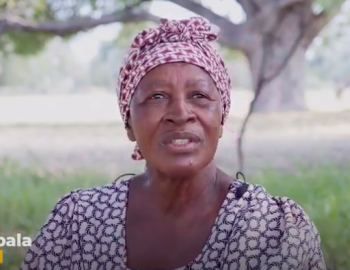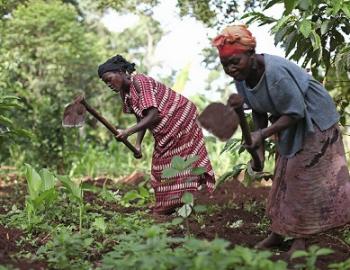Better Life Alliance in Zambia: Climate change mitigation as a co-benefit of improved landscape, agroforestry, soil, and fertilizer management
Better Life Alliance in Zambia: Climate change mitigation as a co-benefit of improved landscape, agroforestry, soil, and fertilizer management
Established in 2011, BLA was a 4-year project funded by the Feed the Future (FTF) initiative and implemented by Community Markets for Conservation Ltd. (COMACO) in the Luangwa valley in the Eastern Province of Zambia (Figure 1). BLA aimed to achieve poverty reduction, sustainable land management, and improved conservation by linking smallholder farmers to market incentives. This area encompasses communal lands for 63 chiefdoms that surround five national parks and protected forests. BLA focused on improvements to agricultural value chains and market links. BLA provided direct training and capacity building for small-scale farmers to adopt conservation practices. BLA also introduced natural resource management plans that targeted conservation of wildlife habitats to prevent conversion to agriculture.
Key messages:
- analysis of agricultural activities in the Better Life Alliance (BLA) project in Zambia showed potential reduction in greenhouse gas emissions (GHG), mostly (85%) due to avoided savanna degradation and conversion. The GHG impact due to BLA’s interventions is estimated at –902,531 tCO2e/yr, equivalent to saving 2,089,550 barrels of oil
- BLA’s business model linked prevention of degradation and conversion of shrubland to market-based incentives for agricultural crops, thereby providing farmers with economic incentives for conservation and climate change mitigation
- BLA promoted a comprehensive approach to soil fertility management. It promoted agro-ecological approaches such as recycling farm organic resources, planting nitrogen-fixing trees, minimal tillage, and cover crops
- BLA reduced postharvest loss (PHL) through improved product processing, storage, and packaging. Changes in PHL were estimated for groundnuts (–100%), maize (–40%), rice (–80%), and soybeans (–67%), which contributed to decreases in emission intensity (GHG emissions per unit of production) for each of these products



